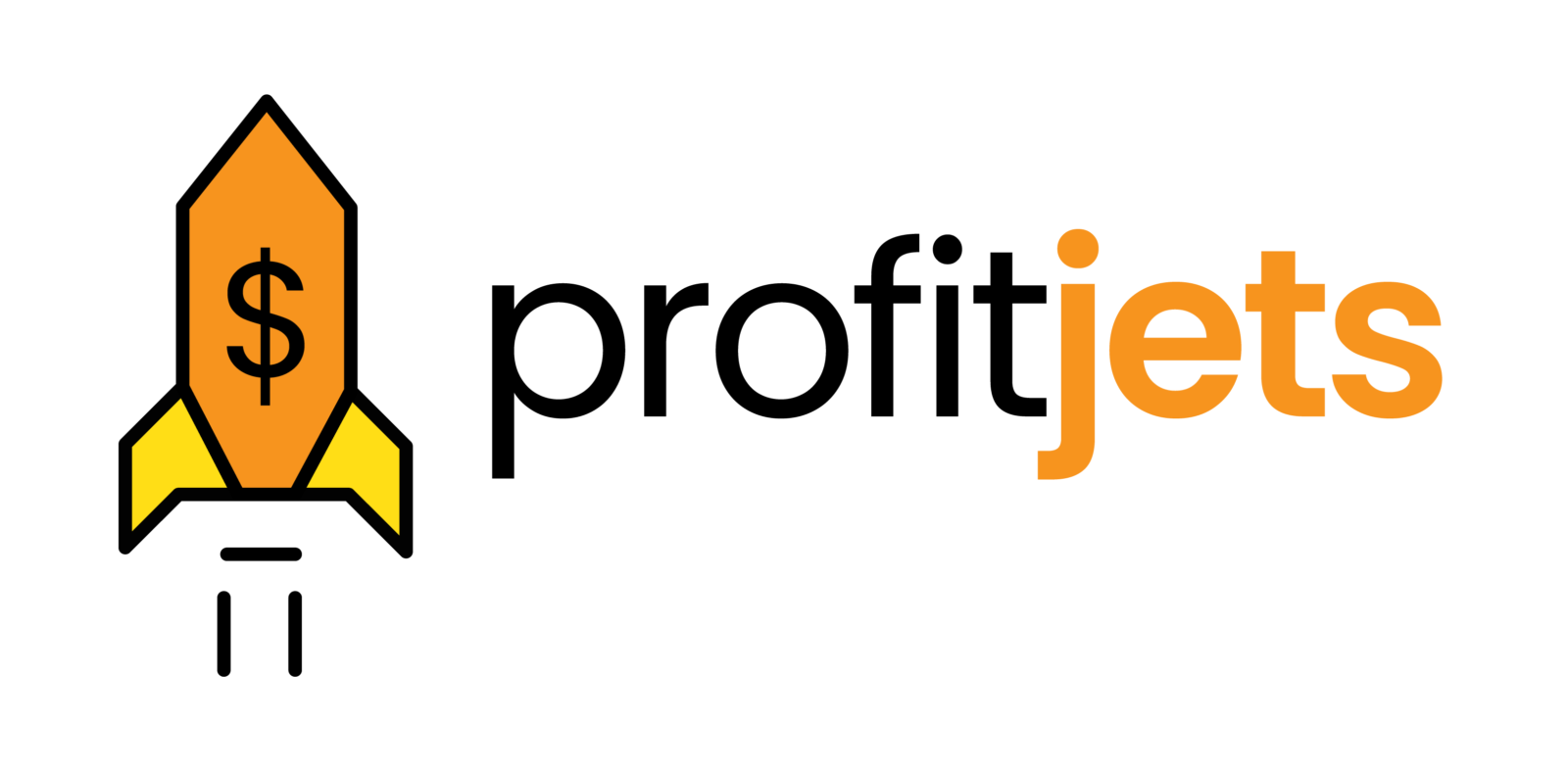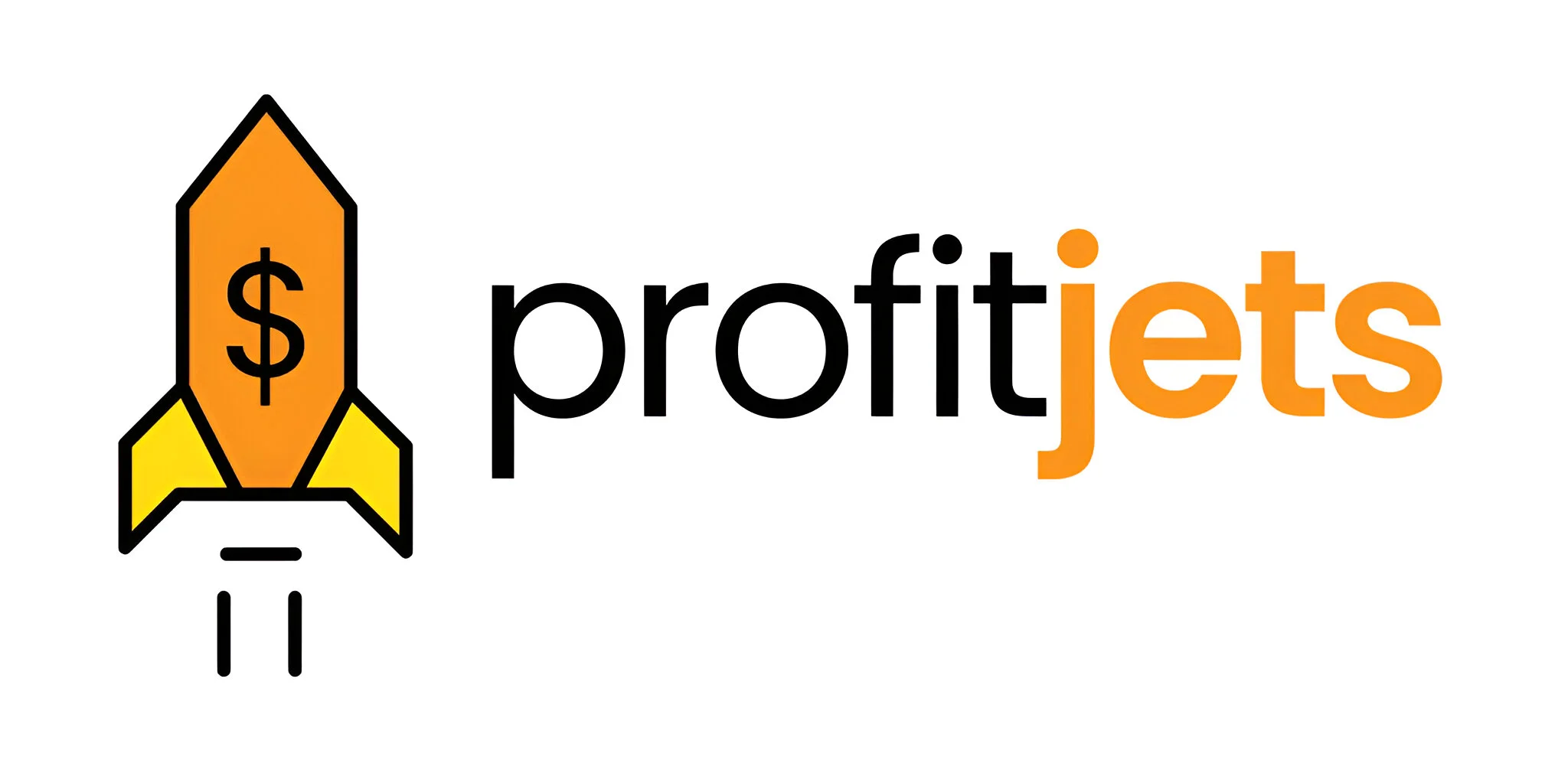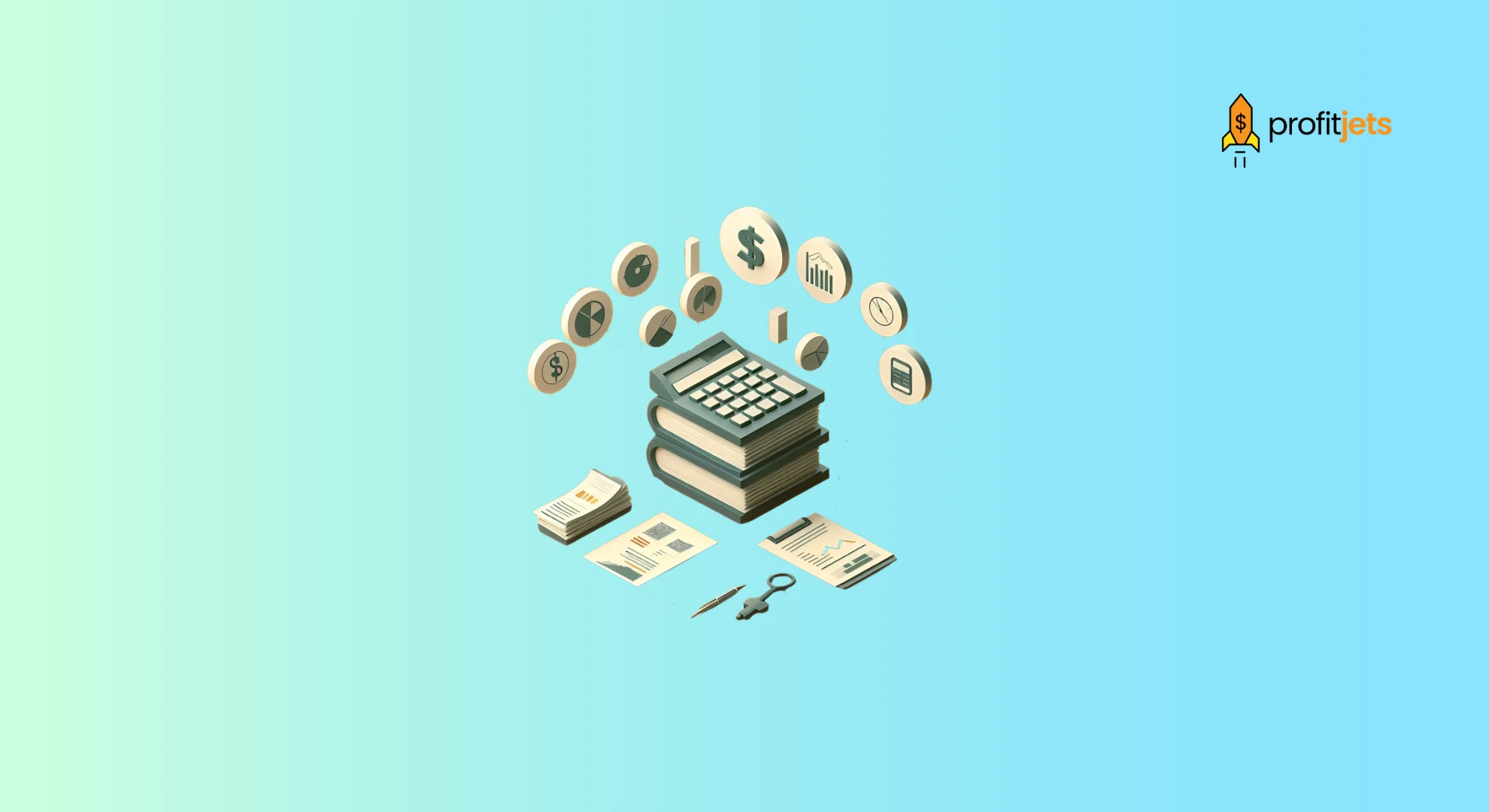Ever wonder how businesses prepare for unexpected events or chart their financial course? It’s not pure guesswork! Businesses rely on a powerful financial forecasting tool to navigate the financial waters.
This blog dives into financial forecasting, explaining what it is, why it’s important, and the different methods used to predict future financial performance. We’ll also explore helpful tools that can simplify the forecasting process. So, buckle up and get ready to unlock the secrets of seeing into your business’s financial future!
Table of Contents
What Is Financial Forecasting?
Imagine driving at night. With headlights, it’s easier to see where you’re going. Financial forecasting acts as your headlights in the business world. It predicts a company’s future financial performance based on historical data, current trends, and informed assumptions.
Financial forecasting allows businesses to:
- Make informed decisions: By anticipating future cash flow, revenue, and expenses, companies can strategically choose investments, staffing, and resource allocation.
- Manage risk: Forecasting helps identify potential financial challenges and allows businesses to develop contingency plans.
- Attract investors: Well-prepared forecasts demonstrate a company’s understanding of its financial future and can attract potential investors or lenders.
- Track progress: Comparing forecasts with actual results helps measure progress and identify areas for improvement.
Financial forecasting is a powerful tool for navigating the financial uncertainty of running a business.
Importance of Financial Forecasting
Financial forecasting is like having a roadmap for your business journey. It offers several key benefits:
- Improved Decision-Making: By understanding potential financial scenarios, businesses can make more informed choices about their future.
- Proactive Risk Management: Identifying potential financial pitfalls allows for proactive measures to mitigate risks.
- Enhanced Communication: Financial forecasts facilitate clear communication with stakeholders about future expectations.
- Performance Monitoring: Comparing forecasts to actual results helps track progress and identify areas for improvement.
- Increased Confidence: Well-developed forecasts provide security and direction for businesses and stakeholders.
Investing time and resources into financial forecasting can reap significant rewards for businesses of all sizes.
Also Read: 3 Basic Financial Statements for a Startup Company
Steps Involved in Financial Forecasting
Financial forecasting is a structured process with several key steps:
Define Your Goals:
Determine the purpose of the forecast – is it to predict sales, expenses, or overall profitability?
Gather Data:
Collect relevant historical data (sales figures, expenses, etc.) to use as a foundation for the forecast.
Choose a Forecasting Method:
Select an appropriate forecasting method based on your goals and data availability (discussed below).
Make Assumptions:
Develop informed assumptions about future trends, economic factors, and market conditions.
Build Your Forecast:
Apply the chosen method(s) to your data and assumptions to generate a financial prediction.
Analyze and Adapt:
Review the forecast, identify potential weaknesses, and refine assumptions if necessary.
Monitor and Update:
Monitor actual results and update the forecast as needed to reflect changing circumstances.
By following these steps, businesses can create a reliable and adaptable financial forecast.

Types of Financial Forecasting
There are two main categories of financial forecasting:
1. Short-Term Forecasting: This technique predicts financial performance for less than one year (e.g., monthly or quarterly). It is often used for budgeting and cash flow management.
2. Long-Term Forecasting: Project financial performance over a longer period (e.g., 3-5 years). This method is used for strategic planning, capital investment decisions, and business valuation.
Here’s a table summarizing forecasting techniques used for both short-term and long-term horizons:
| Forecasting Method | Description |
| Historical Analogy: Uses historical trends to predict future performance | Simple and quick, it is good for short-term forecasting of a stable market. |
| Moving Average: Calculates the average of past data points to predict future values | Good for short-term forecasting of stable trends |
| Trend Analysis: Analyzes historical data to identify trends and project them into the future | Useful for identifying long-term growth patterns. |
| Regression Analysis: Uses statistical techniques to identify relationships between variables and predict future values based on those relationships | More complex but powerful for predicting future values based on multiple factors. |
| Scenario Planning: Develop multiple forecasts based on different assumptions about future events. | Helps businesses prepare for various possibilities and manage risk. |
The best forecasting method depends on the specific needs and goals of the business.
Financial Forecasting Methods: Choosing the Right Approach
Now that we understand the importance of financial forecasting let’s dive deeper into the various methods used to predict future financial performance.
Financial Forecasting Methods
There are two primary categories of financial forecasting methods: quantitative and qualitative.
Quantitative Forecasting Methods:
These methods rely on historical data and statistical analysis to predict future trends.
- Time Series Analysis: This method analyzes past data patterns to identify trends, seasonality, and cyclical variations. It includes techniques like moving averages, exponential smoothing, and trend extrapolation.
- Regression Analysis: This method identifies relationships between variables and uses them to predict future values. It can be simple linear regression or multiple regression involving multiple variables.
- Econometric Modeling: This complex method builds mathematical models based on economic theory to forecast economic indicators and their impact on the business.
Qualitative Forecasting Methods:
These methods use expert judgment, opinions, and experience to make predictions.
- Delphi Method: Gathering expert opinions through multiple questionnaires to reach a consensus.
- Scenario Planning: Develop multiple possible future scenarios based on different assumptions to assess potential outcomes.
- Market Research: Collects data on customer preferences, market trends, and competitor activities to inform forecasts.
Choosing the right forecasting method depends on factors such as the nature of the business, data availability, desired accuracy level, and the forecast’s time horizon.
Examples of Financial Forecasting
Let’s explore some practical examples of financial forecasting in action:
- Sales Forecasting: Predicting future sales revenue based on historical data, market trends, and economic indicators.
- Cash Flow Forecasting: Projecting cash inflows and outflows to manage liquidity and avoid cash shortages.
- Expense Forecasting: Estimating future expenses based on historical data and anticipated changes.
- Profit and Loss Forecasting: Predicting future profitability by combining sales and expense forecasts.
- Balance Sheet Forecasting involves projecting the future financial position of the company, including assets, liabilities, and equity.
Financial Forecasting Tools
Several software tools and applications can assist in the financial forecasting process:
- Spreadsheet Software (Excel): While basic, Excel is widely used for building financial models and performing calculations.
- Financial Forecasting Software: Specialized software offers advanced forecasting features, data analysis, and visualization capabilities.
- Enterprise Resource Planning (ERP) Systems: Integrated software solutions often include financial forecasting modules.
- Business Intelligence (BI) Tools: Provide data analysis and visualization tools to support financial forecasting.
By leveraging the right tools, businesses can streamline the forecasting process and improve the accuracy of their predictions.
Remember: Financial forecasting is an ongoing process. It’s essential to regularly review and update forecasts to reflect changing business conditions and market dynamics.
Why Choose Profitjets for Financial Forecasting?
At Profitjets, we provide expert financial forecasting services to help businesses make informed decisions and plan for the future. Whether you’re looking to predict cash flow, budget more effectively, or forecast long-term growth, our team has the tools and expertise to guide you.
- Tailored Financial Insights: Our CFO services offer personalized financial strategies, ensuring your forecasts are aligned with your business goals.
- Accurate Financial Records: With our bookkeeping services, we keep your financial data accurate and up to date, providing the solid foundation needed for reliable forecasting.
- Tax Planning Support: Our tax services ensure your tax obligations are considered in your forecasts, helping you plan more efficiently.
- Catch-Up Accounting: If your books are behind, our catch-up accounting services will bring them up to date, ensuring your financial forecasts are based on accurate information.
- Support for CPAs: We offer bookkeeping for CPAs, helping accounting professionals manage multiple clients and deliver precise financial insights.
Choose Profitjets for comprehensive financial forecasting that drives business success and growth.

Conclusion
Financial forecasting is a critical tool for businesses of all sizes. By accurately predicting future financial performance, companies can make informed decisions, manage risks effectively, and achieve their strategic goals.
Choosing the right forecasting method and utilizing appropriate tools are key to building accurate and reliable forecasts. Continuous monitoring and adjustment of forecasts are essential to ensure they remain relevant and useful for decision-making.
By embracing financial forecasting, businesses can confidently navigate the future and achieve long-term success.










